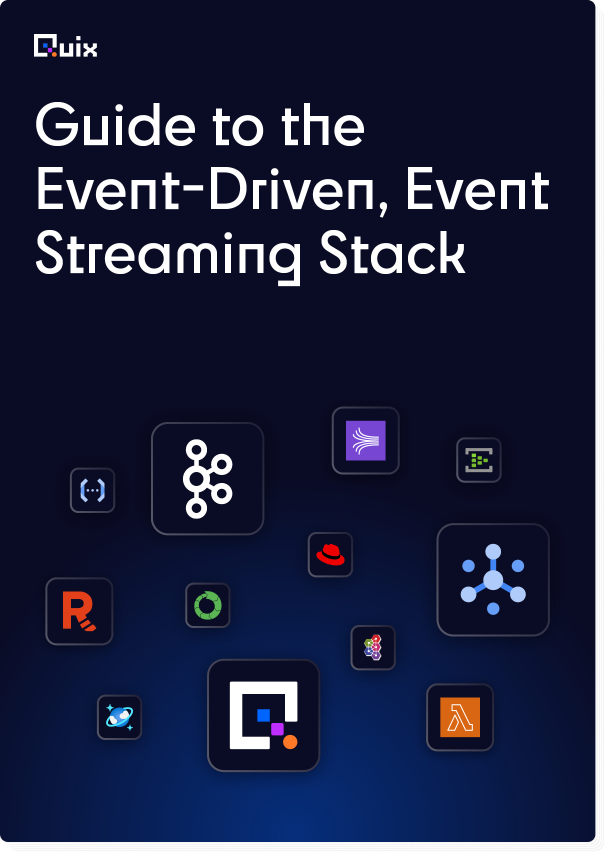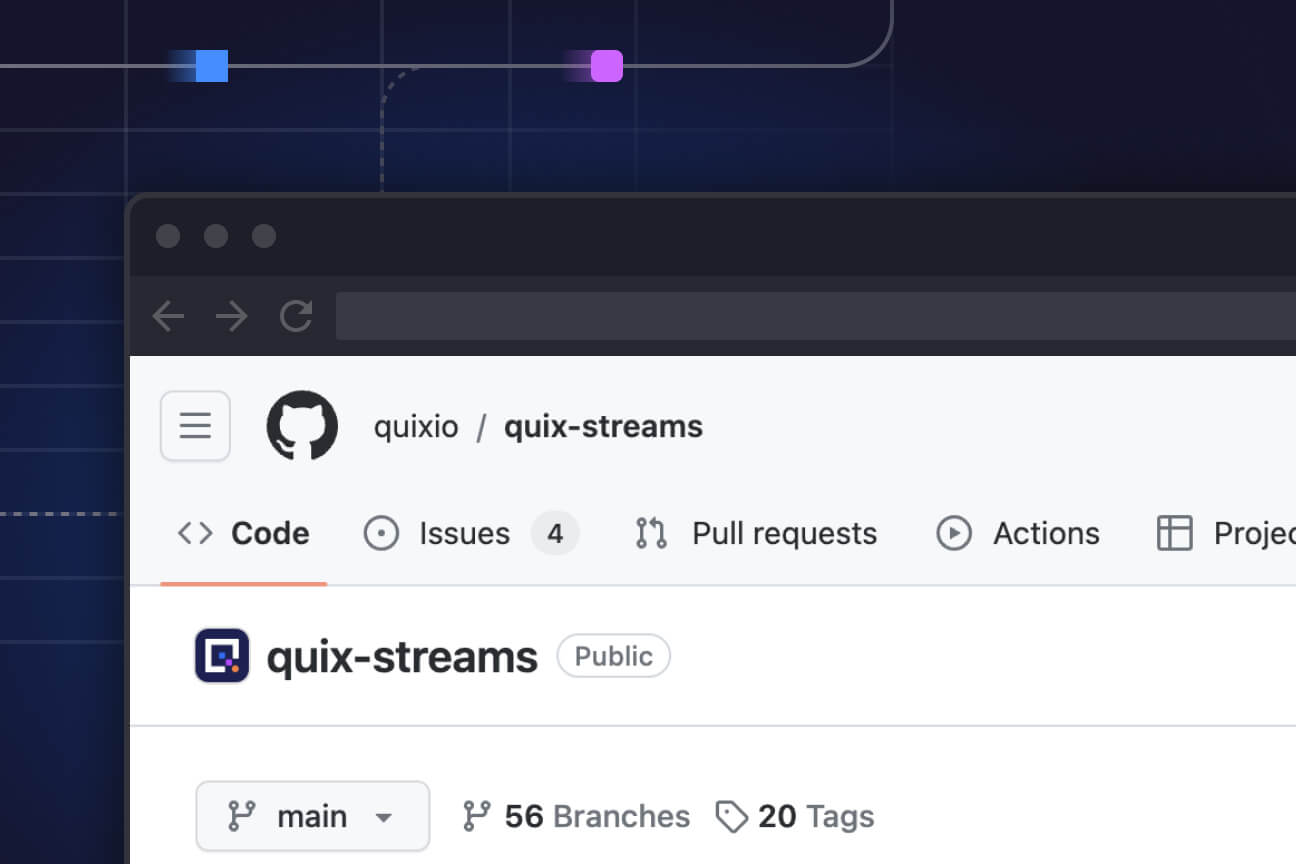The Stream — December 2022 edition
The December 2022 edition of The Stream: covering this month in stream processing on the internet.


How to deploy a currency alerting pipeline with Quix and CoinAPI
There's some painful heavy lifting required to build a currency alerting pipeline. Using Quix and CoinAPI means you can avoid most of it. Our CTO Tomas Neubauer has put together a tutorial to show you how you can build a reliable app so you can check prices, compare against others and trigger external actions based on meeting thresholds.

Real-time personalisation of search results with Auto Trader's customer data platform
How Auto Trader improved the search experience with Kafka, Snowplow, and GCP.

Quicksilver: near real time platform at Myntra
Myntra created a (near) real-time data processing platform around Apache Kafka and Apache Spark, using Redis as a feature store for ML. The article is a nice reference architecture for real-time data platforms.

Apache Kafka and Python
Last year Francesco Tisiot delivered a great explainer on Apache Kafka and Python. Francesco provides some sage advice on adding Kafka using Python libraries.

Happy Quix-mas from the Quix team!
The winner of this year's best (worst) Christmas outfit competition in the Quix team was too hard to pick. So Matt Lyver (Lead visual designer), Quique Ruis (SRE) and Patrick Mira Pedrol (Head of Software) take joint honours. Jump into our Slack community, The Stream, and share a picture of your best festive attire – bonus points for any data-related puns! ☃️
More insights and news
- The three best-performing articles we shared this year:
- Understanding streams in Redis and Kafka - Read more
- Streaming-first infrastructure for real-time machine learning - Read more
- Evolution of streaming pipelines in Lyft's marketplace - Read more
- You can apply to become a speaker at Kafka Summit London here
What’s a Rich Text element?
The rich text element allows you to create and format headings, paragraphs, blockquotes, images, and video all in one place instead of having to add and format them individually. Just double-click and easily create content.
Static and dynamic content editing
A rich text element can be used with static or dynamic content. For static content, just drop it into any page and begin editing. For dynamic content, add a rich text field to any collection and then connect a rich text element to that field in the settings panel. Voila!
How to customize formatting for each rich text
Headings, paragraphs, blockquotes, figures, images, and figure captions can all be styled after a class is added to the rich text element using the "When inside of" nested selector system.

Check out the repo
Our Python client library is open source, and brings DataFrames and the Python ecosystem to stream processing.

Interested in Quix Cloud?
Take a look around and explore the features of our platform.

Interested in Quix Cloud?
Take a look around and explore the features of our platform.






